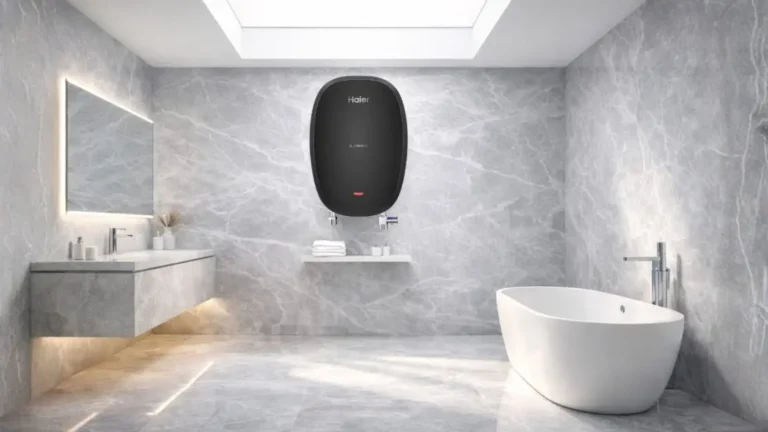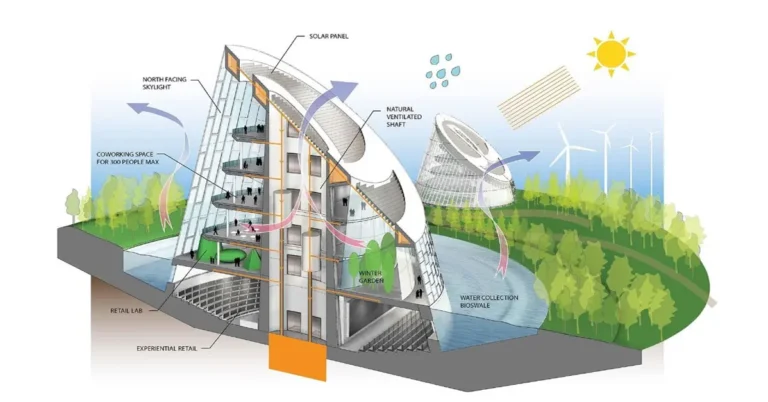
Collaboration has long underpinned successful workplaces. Open, purposeful designs are sought by modern organisations. Physical places are no longer work backgrounds. They shape conduct, encourage engagement, and build teams. The rise of transparent spaces redefines teamwork. Light and clear spaces foster free-flowing ideas.
Openness Encourages Natural Exchange
A workplace that feels open helps people talk more. Barriers often create hesitation and silence. When barriers are removed energy moves across the space. Teams begin to share without waiting for planned meetings. This sense of easy access fosters daily connections. The office becomes a hub of living conversations. Short exchanges lead to quicker solutions. Longer talks happen naturally when ideas catch interest. A setting that allows voices to reach across spaces builds trust. Energy becomes visible and collaboration feels effortless.
Clear Sightlines Strengthen Awareness
Seeing one another while working creates unity. People feel part of the same mission. Walls often separate focus and limit awareness. Transparent design opens vision and strengthens belonging. Colleagues notice when support is needed. This awareness helps small gestures like offering help or asking for clarity. It also makes leadership appear approachable and human. When teams see each other they are reminded of shared goals. Focus grows stronger when there is a sense of being together. A visible team feels less divided and more aligned. Shared awareness drives shared achievement.
The Glass Office Fosters Balance
A glass office brings balance between privacy and openness. Teams need spaces that are both defined and connected. Transparency ensures the flow of light and vision. Yet partitions still create a sense of structure. Individuals can focus while staying linked to the group. Work feels less isolated and more supported. Defined spaces create a rhythm of collaboration. A clear zone allows reflection and concentration. At the same time visual access keeps teams aware of progress around them. Balance strengthens both productivity and creativity. The team dynamic becomes flexible and adaptable.
Spontaneous Talks Lead to Deeper Ideas
Unplanned conversations often spark creativity. Open design allows chance meets. A simple query communicated across venues might inspire bigger ideas. Brief conversations during transitions save time. Casual moments can be valuable. Ideas flow when conditions encourage it. People can walk over and share. Informality increases trust and lowers barriers. Every open conversation fosters new ideas. These inherent ties create dynamic teams.
Modern Workplaces Reflect Cultural Values
Workplaces speak the language of the culture they hold. A setting with clarity and openness reflects trust. A team that works in visible spaces learns shared accountability. Boundaries remain soft enough to allow constant learning. Energy moves through transparent walls and reflects unity. Leaders send a signal of accessibility and fairness. Employees feel part of a collective journey rather than isolated roles. The design itself becomes a teacher of values. Workplace culture becomes visible and alive in daily routines. A transparent setting mirrors openness in communication and in purpose.
Conclusion
Teamwork thrives in spaces that encourage natural flow. Transparent design helps people connect without barriers. Defined yet open zones create a rhythm of work and rest. Moments of spontaneous talk turn into seeds of innovation. Awareness across clear sightlines strengthens unity. The balance between focus and connection fosters trust. Workplace design becomes a living guide to collaboration. The glass office does not simply change walls. It transforms the very rhythm of team life. Spaces framed with light and openness become the ground where teamwork grows stronger each day.




